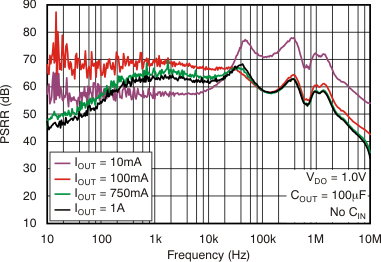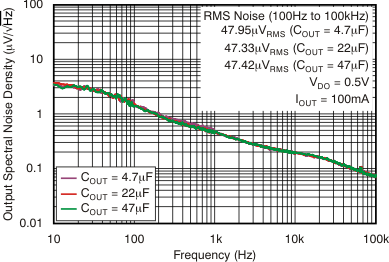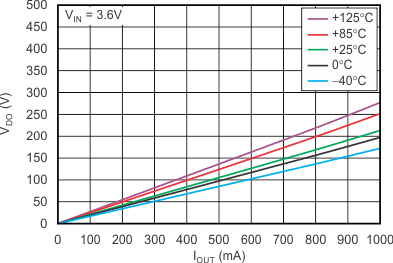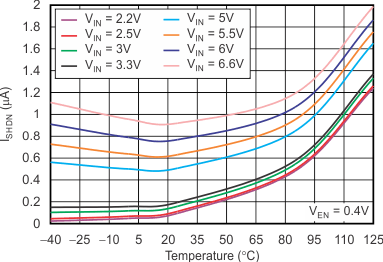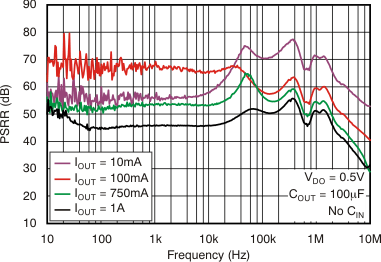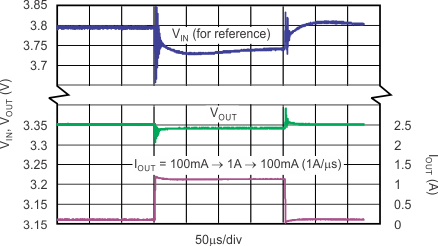SBVS135J June 2010 – January 2018 TPS7A80
PRODUCTION DATA.
- 1 Features
- 2 Applications
- 3 Description
- 4 Revision History
- 5 Pin Configuration and Functions
- 6 Specifications
- 7 Detailed Description
- 8 Application and Implementation
- 9 Power Supply Recommendations
- 10Layout
- 11Device and Documentation Support
- 12Mechanical, Packaging, and Orderable Information
Package Options
Mechanical Data (Package|Pins)
- DRB|8
Thermal pad, mechanical data (Package|Pins)
- DRB|8
Orderable Information
6.6 Typical Characteristics
At VOUT(TYP) = 3.3 V, VIN = VOUT(TYP) + 0.5 V or 2.2 V (whichever is greater), IOUT = 100 mA, VEN = VIN, CIN = 1 μF,COUT = 4.7 μF, and CNR = 0.01 μF, all temperature values refer to TJ (unless otherwise noted).
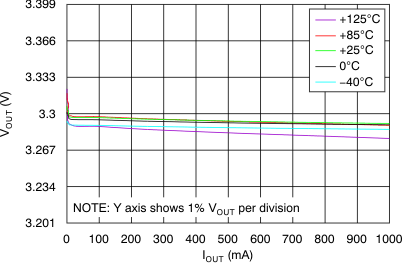
Figure 1. Load Regulation
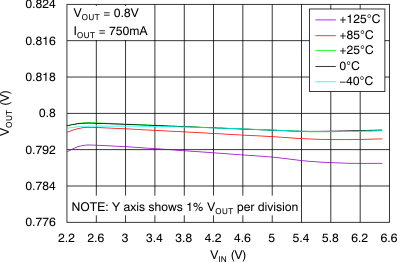
Figure 3. Line Regulation
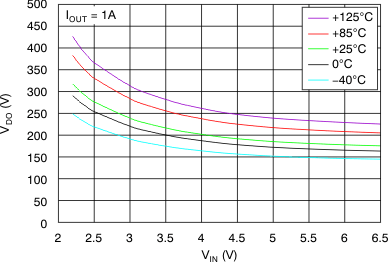
Figure 5. Dropout Voltage vs Input Voltage
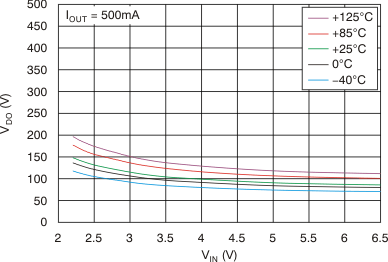
Figure 7. Dropout Voltage vs Input Voltage
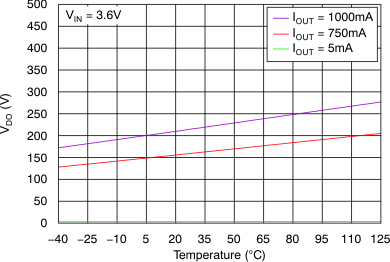
Figure 9. Dropout Voltage vs Temperature
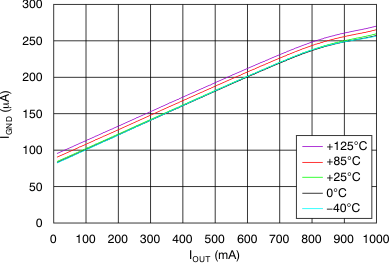
Figure 11. Ground Pin Current vs Load Current
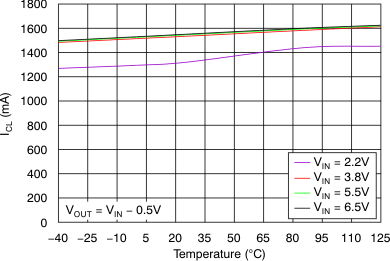
Figure 13. Current Limit vs Temperature
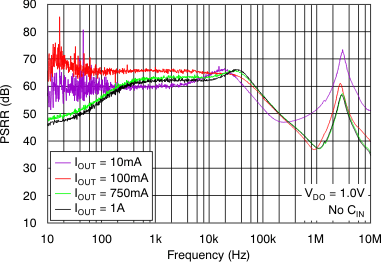
Figure 15. Power-Supply Ripple Rejection vs Frequency
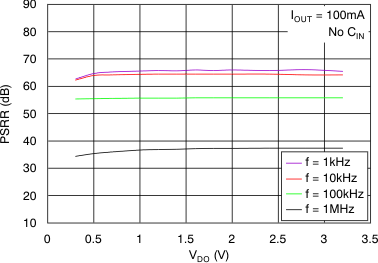
Figure 19. Power-Supply Ripple Rejection
vs Dropout Voltage
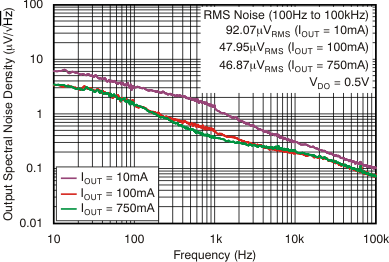
Figure 23. Output Spectral Noise Density
vs Frequency
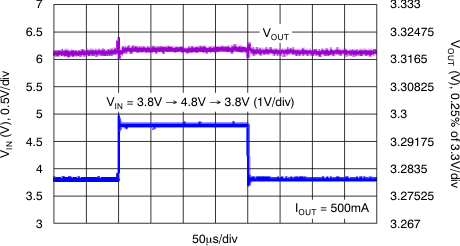
Figure 25. Line Transient Response
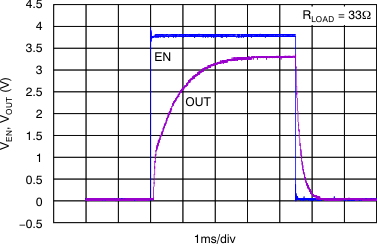
Figure 27. Enable Pulse Response
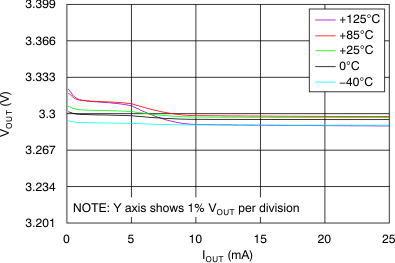
Figure 2. Load Regulation Under Light Loads
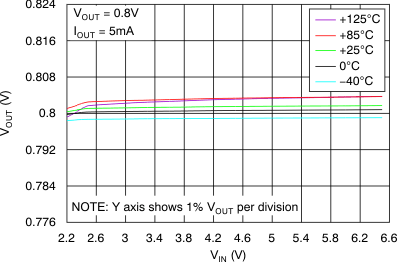
Figure 4. Line Regulation Under Light Loads
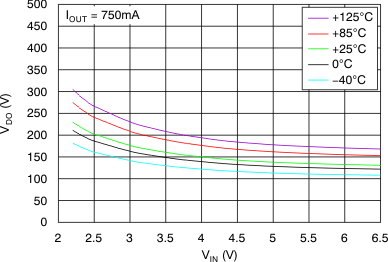
Figure 6. Dropout Voltage vs Input Voltage
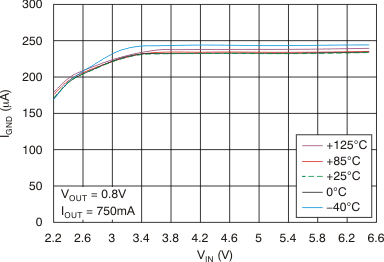
Figure 10. Ground Pin Current vs Input Voltage
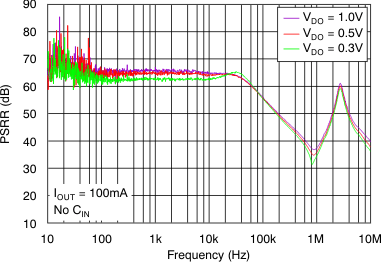
Figure 14. Power-Supply Ripple Rejection vs Frequency
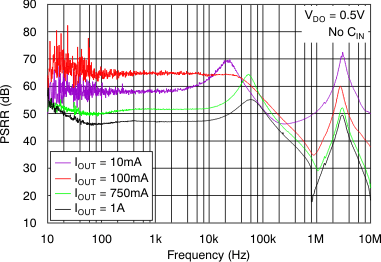
Figure 16. Power-Supply Ripple Rejection vs Frequency
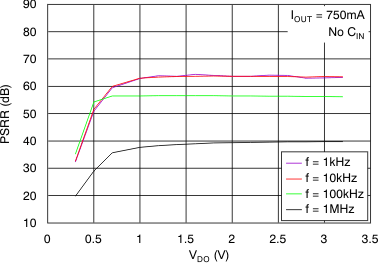
Figure 20. Power-Supply Ripple Rejection
vs Dropout Voltage
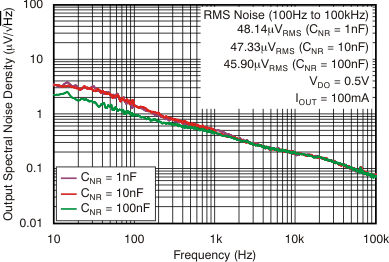
Figure 22. Output Spectral Noise Density
vs Frequency
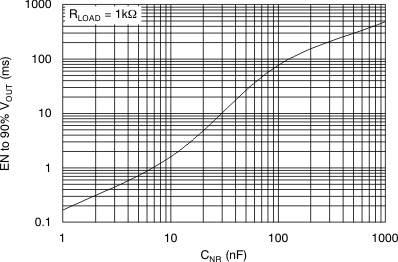
Figure 24. Start-Up Time
vs Noise Reduction Capacitance
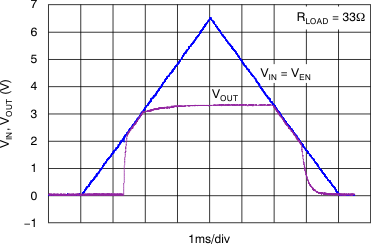
| The internal reference requires approximately 2 ms of rampup time (see Start-Up); therefore, VOUT fully reaches the target output voltage of 3.3 V in 2 ms from start-up. |
